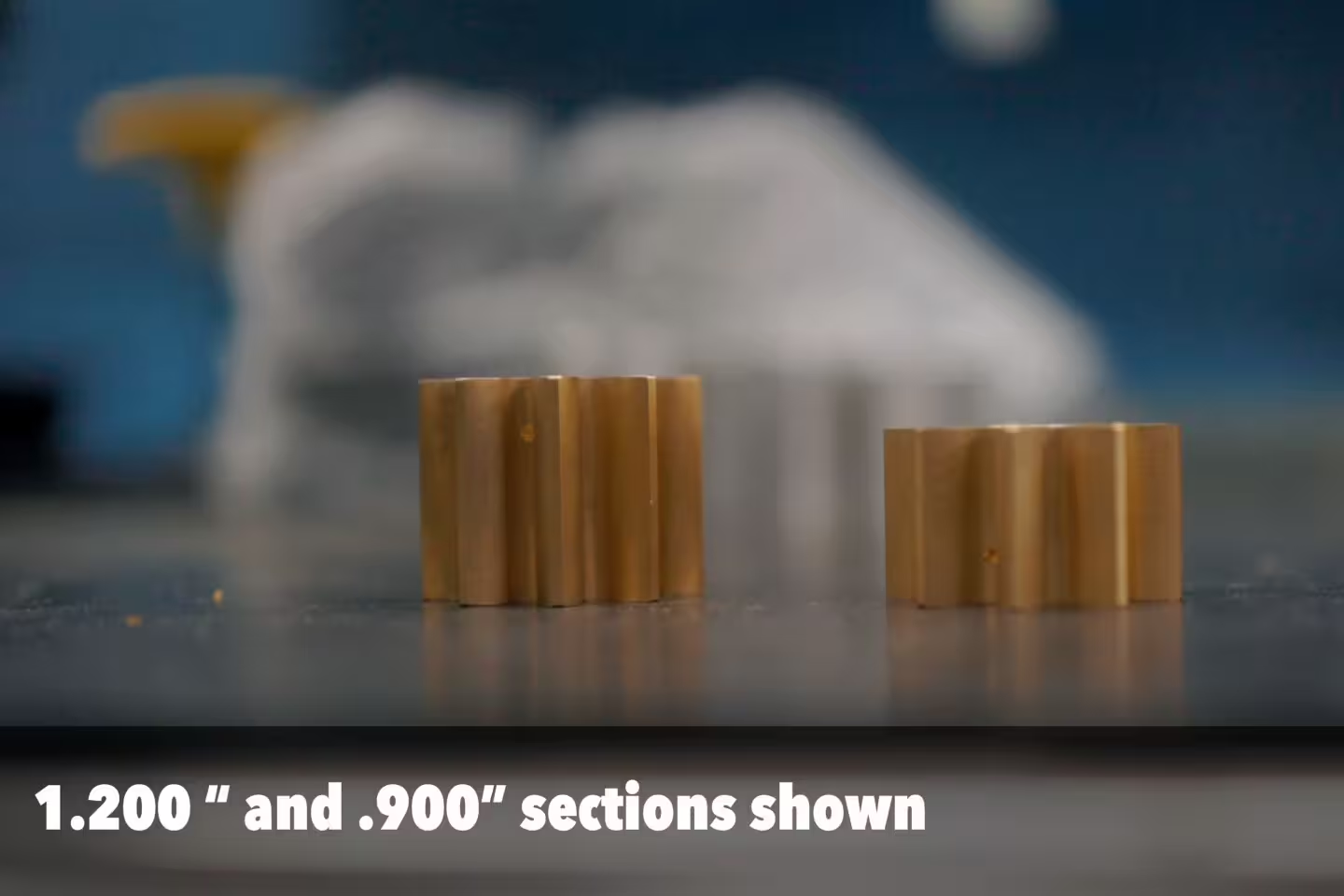When most of us talk about a dry-sump oiling system, we are usually focused on the scavenge side, since that is the star of the show. However, the pressure side is equally as fancy, with a multitude of volume and pressure options for your system. Scott Hall from Moroso’s R&D department, along with Doug Vine, one of Moroso’s Regional Sales Managers, sat down with the camera to discuss the pressure side of the equation and its variables and considerations.
One thing to note, is that Moroso’s current dry-sump system is called the “Tri-Lobe” pump, but that refers to the three-lobe rotor used in the scavenge section. The pressure section of those units is a more traditional spur gear design, not the tri-lobe design. “We actually offer five different pump sizes,” says Vine. “They are referred to by their gear length. We start at a .600 [inch] pressure section, then jump to a .900. Then we go to a 1.200, 1.500, and we also offer a 1.800-inch pressure section for larger engines and the most demanding applications.”
Here, it seems pretty obvious that the larger spur gear will move a larger volume of oil. What that allows, is the ability to spin the pump slowly, but still provide enough oil volume. Or, to just provide a massive volume of oil, if that’s what your engine needs.
How do you know which one is right for you? That’s where Morosos tech department comes in. They have a comprehensive list of data points the team takes into account to get you the right pressure section. “There’s a lot of things we need to know to figure out the right size pump for your needs,” explains Vine. Hall adds, “There are some situations where a small-block Chevy will flow more than a big-block Chevy pump, based on valve spring oilers, piston oilers, whether they are running oil restrictors or not, RPM ranges, bearing clearances for big power, and so on. All of these pressure sections have been figured out with gallons per minute of flow, to know what the specific engine requires. Pressure is one thing, volume is another.”
Hall also brings up another of the considerations, and that’s pump drive speed. Depending on how the dry-sump pump unit is being driven by the engine, you can be limited to only half of engine RPM. In those cases, with a slower pump speed, a bigger pressure section can perform similarly to a smaller section being driven faster. “It’s not necessarily that the cars…
Click Here to Read the Full Original Article at DragzineDragzine…

